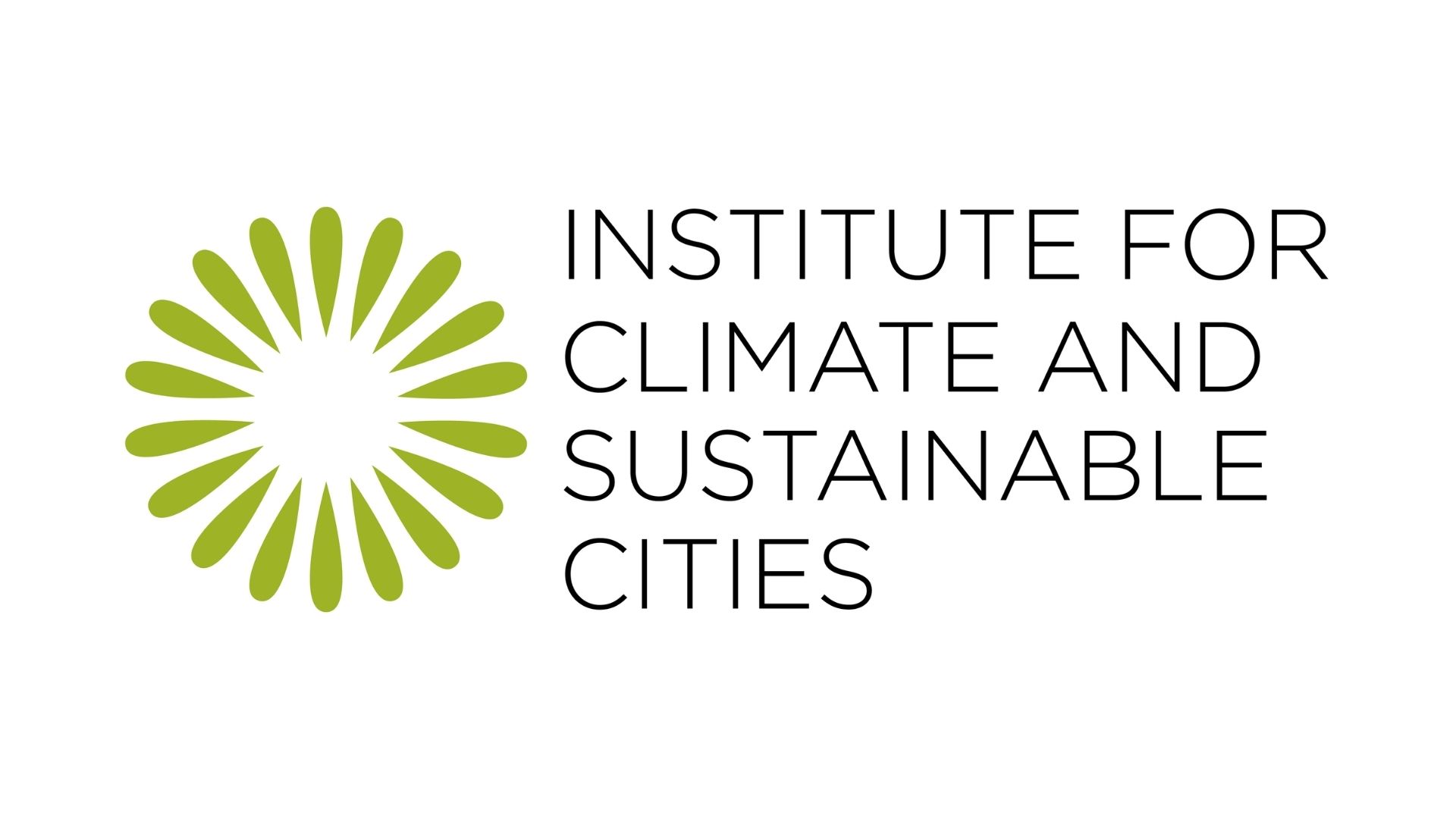Small modular, micro-modular nuclear plants seen more feasible in PH
- October 14, 2024
- 0

The Institute for Climate and Sustainable Cities (ICSC) suggests that developing small modular reactors (SMRs) and micro-modular reactors (MMRs) encourages a more decentralized power generation strategy, making them a more cost-effective and efficient alternative to large-scale, high-cost power plants.
In a Business World report, ICSC senior policy advisor Pedro H. Maniego, Jr., stated that if the Philippines integrates nuclear energy into its supply mix, smaller nuclear plants like SMRs and MMRs should be prioritized over larger plants.
As reported by the International Atomic Energy Agency (IAEA), SMRs can generate up to 300 megawatts (MW), while MMRs have even smaller capacities, making them suitable for areas lacking access to reliable electricity.
Maniego explained that a “distributed generation” model is better suited for the country due to its archipelagic nature, contrasting with a more centralized energy system.
Recently, the Department of Energy (DOE) and Korea Hydro & Nuclear Power Co., Ltd. signed a memorandum of understanding (MOU) to explore energy cooperation. This agreement initiates a feasibility study on rehabilitating the dormant Bataan Nuclear Power Plant (BNPP).
The feasibility study is expected to begin in January 2025 and will be conducted in two phases. The first phase will assess the BNPP’s current condition, and the second phase will evaluate whether refurbishing the plant is feasible.
The DOE’s goal is to have operational nuclear power plants by 2032, with an initial capacity of 1,200 MW, and gradually scaling up to 4,800 MW by 2050.
Maniego noted that nuclear plant development takes time, but reviving the BNPP by 2032 is a reasonable target if feasible.
However, he emphasized that the Philippines should accelerate its efforts to meet its growing energy demands.
Maniego noted that tapping into nuclear power could happen within the next eight years.